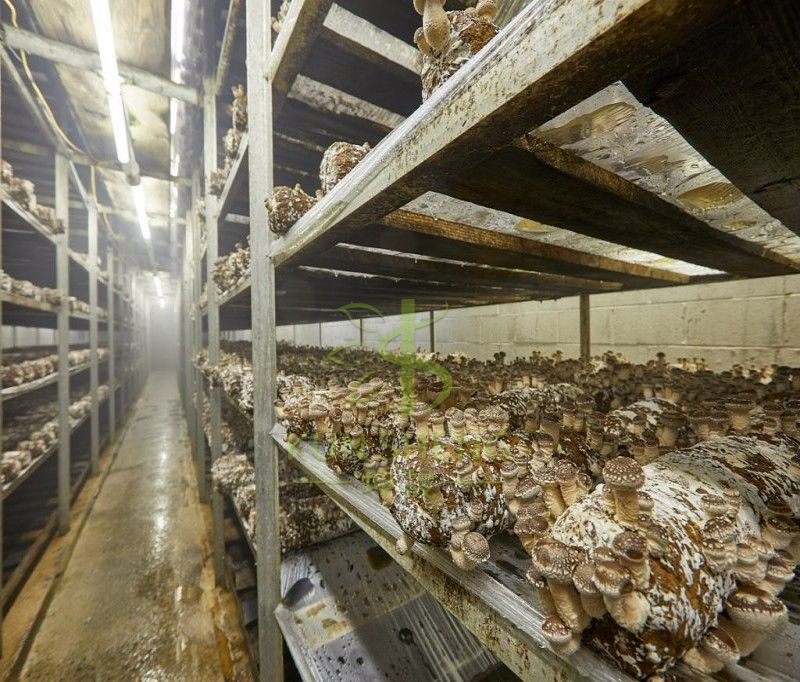Choosing the Best Container for Your Greenhouse
Selecting the right container for your greenhouse is essential for creating an optimal environment for plant growth and maximizing their performance. The container you choose plays a vital role in providing the necessary support, drainage, and insulation for plants. In this article, we will explore the different types of containers available and guide you in choosing the best container for your greenhouse, ensuring healthy and thriving plants.
Plastic Pots: Plastic pots are widely used in greenhouse gardening due to their affordability, durability, and versatility. They come in various sizes, shapes, and colors, offering options to suit different plant types and aesthetics. Plastic pots provide excellent drainage and moisture retention, preventing waterlogging and root rot. They are lightweight, making them easy to move and rearrange as needed. However, it is important to choose UV-stabilized plastic pots to prevent degradation from sunlight exposure.
Terracotta or Clay Pots: Terracotta or clay pots have a natural and rustic appeal, making them a popular choice for greenhouse enthusiasts. These pots are breathable, allowing for better air circulation and moisture regulation. They provide good insulation, protecting plant roots from extreme temperature fluctuations. However, terracotta pots can be heavy and prone to breakage if mishandled. They also require more frequent watering as they tend to dry out faster compared to other container types.

Fabric Grow Bags: Fabric grow bags have gained popularity in recent years due to their excellent drainage, aeration, and root development capabilities. These bags are made of breathable fabric that promotes air pruning, preventing root circling and promoting healthier root systems. They are lightweight, portable, and space-efficient. Fabric grow bags can be easily folded and stored when not in use. They are also reusable and eco-friendly. However, proper irrigation management is crucial as these bags tend to dry out faster than traditional pots.
Recycled Containers: Using recycled containers, such as buckets, barrels, or wooden crates, is a cost-effective and environmentally friendly option for greenhouse gardening. These containers can be repurposed with proper drainage holes and lining to prevent any leaching of harmful substances. While recycled containers may not offer the same aesthetic appeal as commercially available pots, they can provide adequate space for plant growth with proper preparation and customization.
Self-Watering Containers: Self-watering containers are designed with a reservoir system that allows plants to draw water as needed. These containers have a water reservoir at the bottom, separated from the soil by a wicking material or a perforated tray. The plants absorb water through capillary action, reducing the frequency of watering and ensuring consistent moisture levels. Self-watering containers are particularly beneficial for greenhouse gardening, as they provide a reliable water supply and minimize the risk of overwatering.
Considerations for Container Selection: When choosing a container for your greenhouse, consider the following factors:
a. Plant Size and Type: Different plants have varying root system sizes and growth requirements. Ensure the container size is appropriate for the specific plants you intend to grow, allowing sufficient space for root development.
b. Drainage and Aeration: Proper drainage is crucial to prevent waterlogging and root rot. Look for containers with adequate drainage holes or consider adding them if not present. Aeration is essential for healthy root development, so choose containers that allow for good airflow.
c. Insulation and Temperature Regulation: Consider the insulation properties of the container material to protect plant roots from extreme temperature fluctuations. Insulated containers help maintain a stable root zone temperature, promoting optimal plant growth.
d. Durability and Longevity: Select containers that are durable and can withstand the greenhouse environment, including exposure to sunlight and frequent watering.
Conclusion: Choosing the best container for your commercial greenhouse is crucial for creating an ideal environment for plant growth and performance. Plastic pots, terracotta or clay pots, fabric grow bags, recycled containers, and self-watering containers each offer unique advantages and considerations. Consider the plant size and type, drainage and aeration needs, insulation and temperature regulation requirements, as well as durability and longevity when making your selection. By choosing the right container, you can provide the necessary support, drainage, and insulation for your plants, ensuring they thrive and flourish in your greenhouse setting.

Comments
0